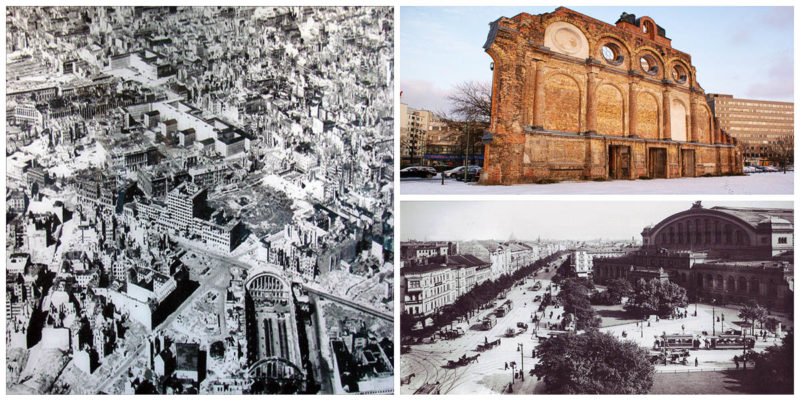Even though little remains of it today, this magnificent structure in Berlin once served a real purpose. Once opened, it was among the biggest train stations in the world. Initial construction started in 1831 and was named for the state of Anhalt, which it ran directly through.
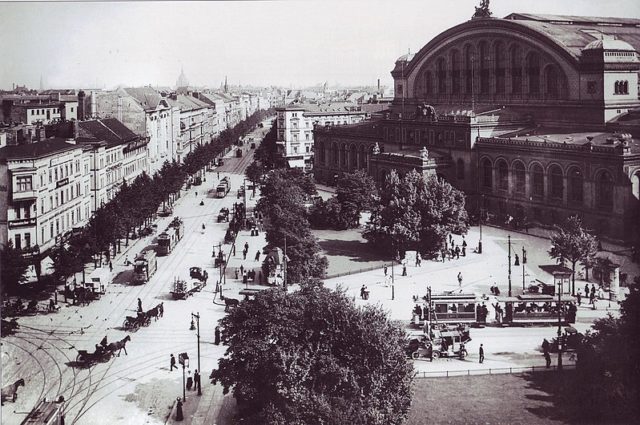
This train station was not the first railway in Germany–that title belongs to Bayerische Ludwigseisenbahn–nor it was the first to ever connect with Berlin–that was Berlin-Potsdamer Eisenbahn–but it was definitely the most elaborate and beautiful station of them all.
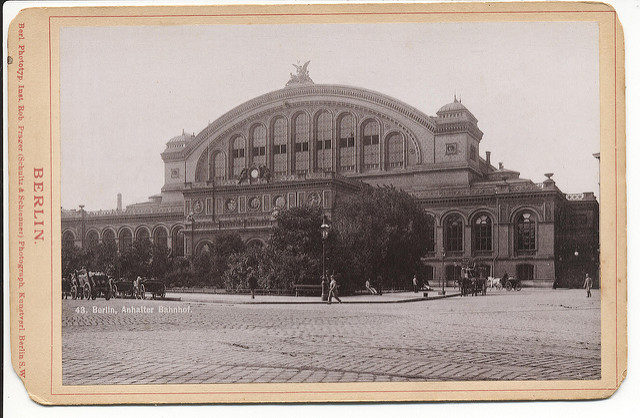
Historical records put the station’s location outside of the Prussian city wall. The wall at this point in history was without any openings. In order for passengers to get to the train station, a door in the wall was made named the Anhalter Tor. The facade itself was facing w the Askanischer Platz, which s dedicated to the Ascania family or the longest ruling family in Anhalt.
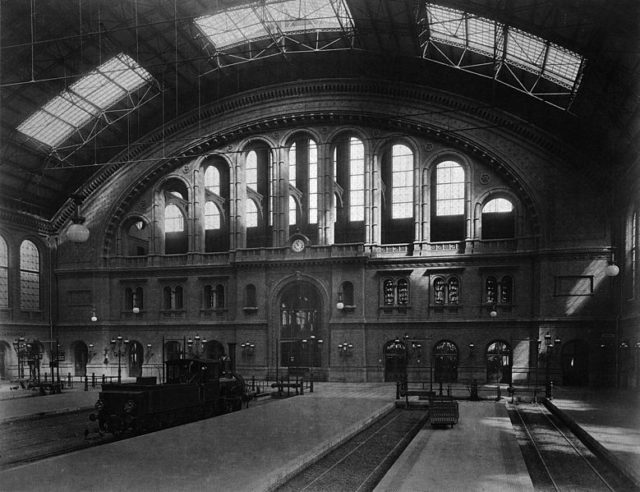
After some years, it was decided that the station should be upgraded and expanded. A larger station was planned in 1870 to help reduce the crowding and traffic at Dresdner Bahnhof, another train station that was opened in 1875 but closed in 1882.
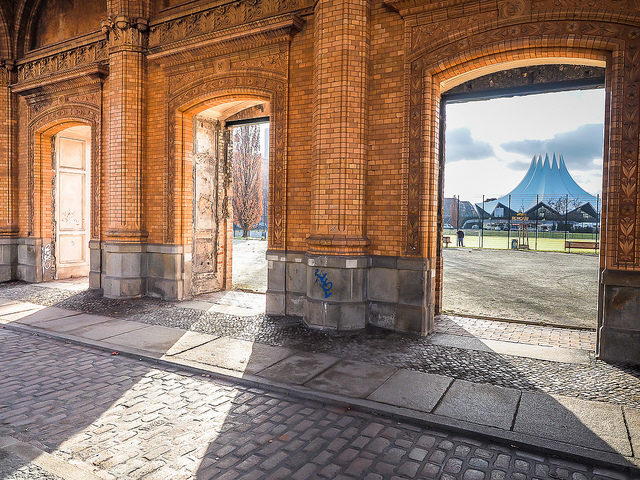
In order to accomplish this undertaking, the older station had to be demolished, which happened in 1875. The new station was opened 1880 and was, at the time, the largest station in contiental Europe. The man responsible for the aesthetic and design of the building was Franz Heinrich Schwechten.
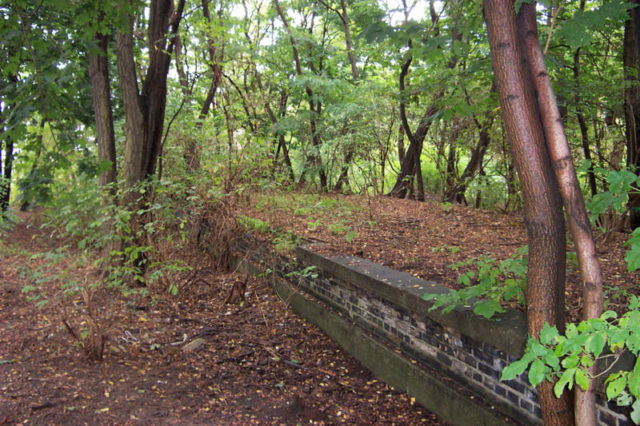
The station was officially opened by Otto von Bismarck together with Kaiser Wilhelm. The new facade stretched over 100 meters in length and was adorned by the work of German sculptor Ludwig Brunow. The entrance was flanked at the top by a piece of art named Day and Night.
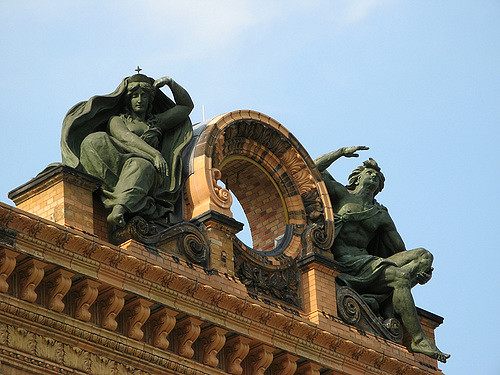
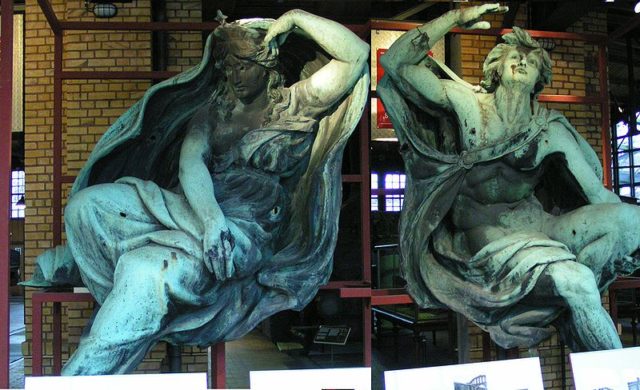
Another artist named Emil Hundrieser was hired to make a sculpture that would be positioned on the very pinnacle of this train station named The International Traffic. The interior was remarkably spacious, and the station had a separate doorway and isolated reception quarter for members of the royal family.
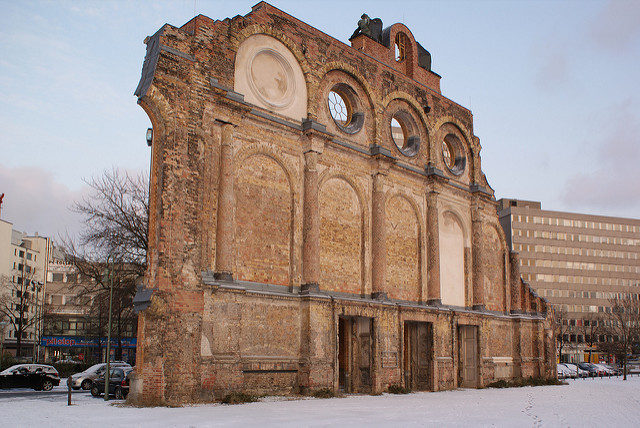
Among the notable names responsible for the construction of the station was Heinrich Seidel, an engineer who created the train-shed roof above the station itself. With its 10,000+ square meters of area and almost 40-meters height, it could easily cover thousands of people.
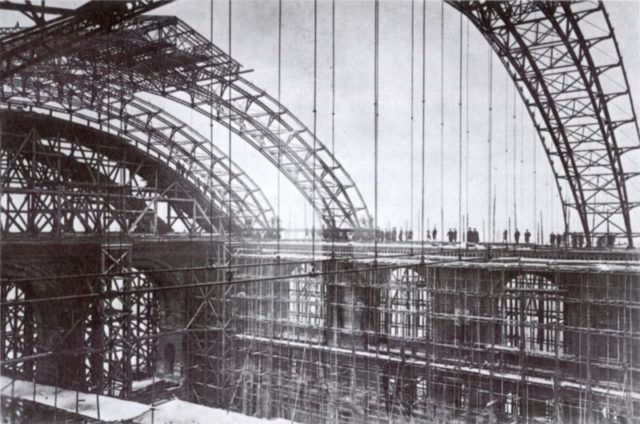
This new station maintained its older schedule that served the German cities of Leipzig, Frankfurt, and Munich. But then again it was time for a change and the station received a new set of services.
Once the Dresdner Bahnhof closed, its services were also taken over by Anhalter Bahnhof. At this point in history, the train station provided extended services all the way to Athens, Naples, and Rome.
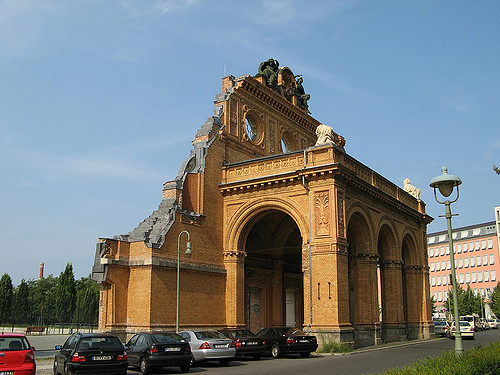
In the 1930s, the train station was in full operation. Trains departed platforms every three minutes, serving more than 40,000 people per day, or more than 15 million people every year. As rail technology advanced further, the German underground railway, the S-Bahn was developed and became extremely popular with customers.
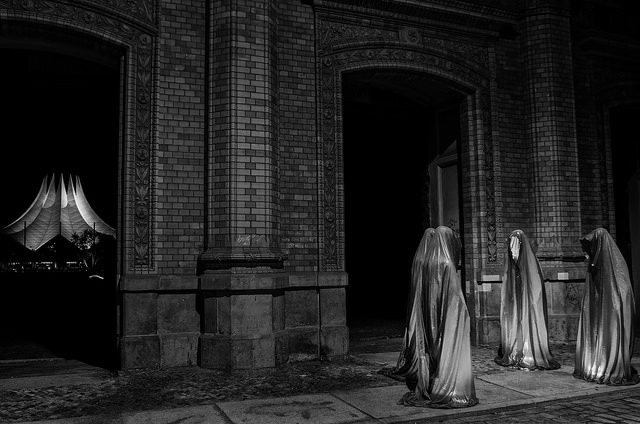
This was the beginning of the end for the Anhalter Bahnhof as more people oriented towards this new form of transport. Slowly the train station became outmoded. Seeing that it would be a waste of resources for such a structure to be left abandoned, Albert Speer, Hitler’s loyal architect, planned to turn it into an indoor swimming pool.
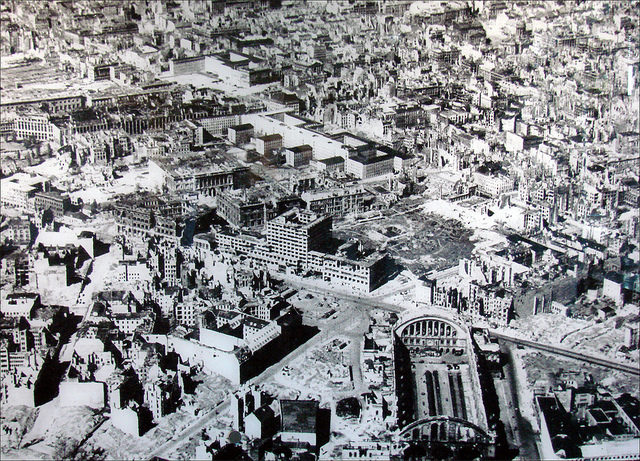
Sadly, the Second World War brought a different future. During the bombing of Berlin, the train station suffered the same fate as the rest of the city. Only a segment of the station remains today, still as beautiful as the day it was made.
